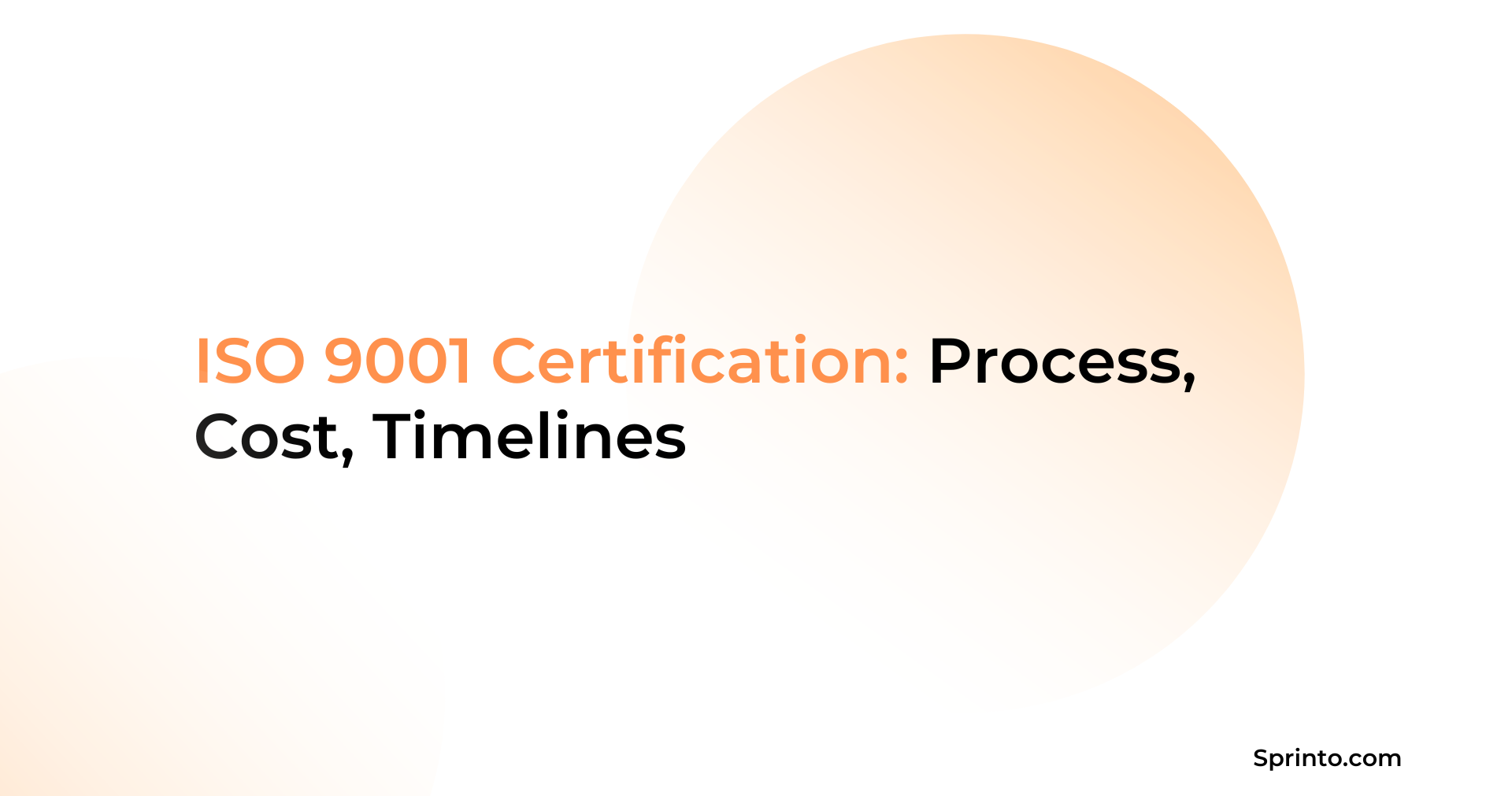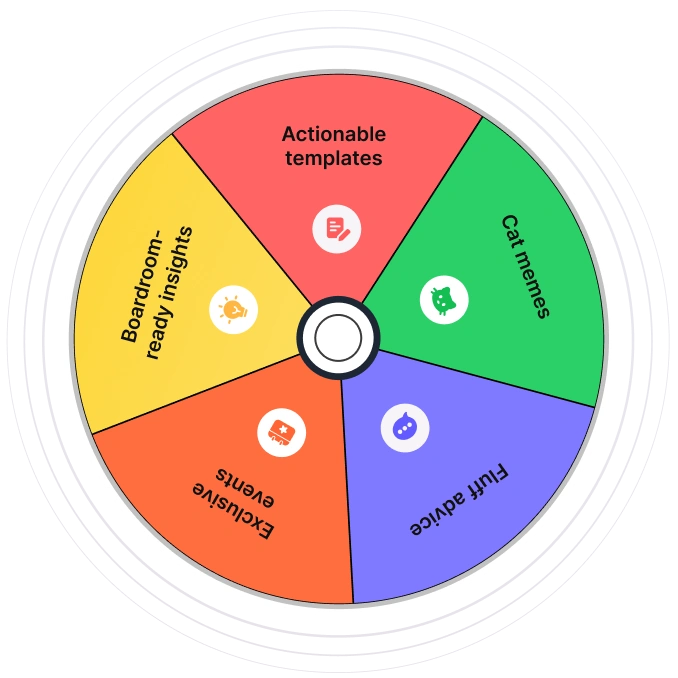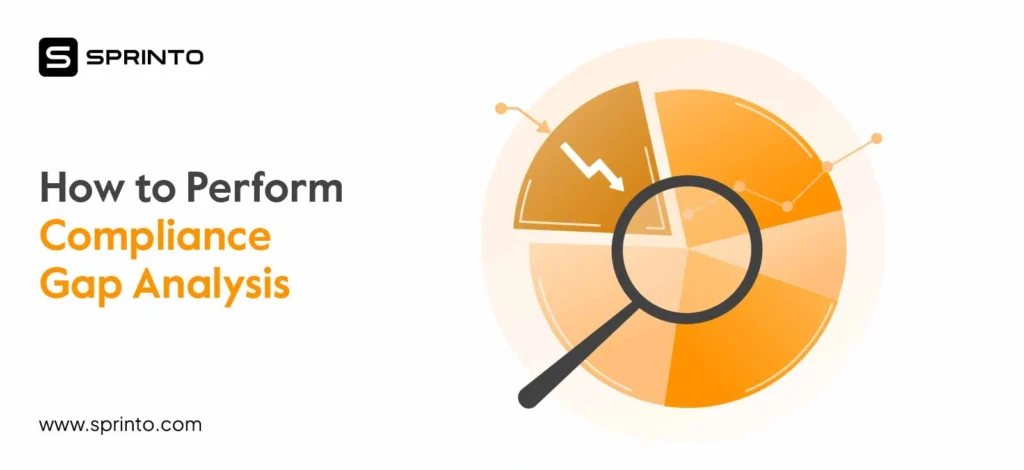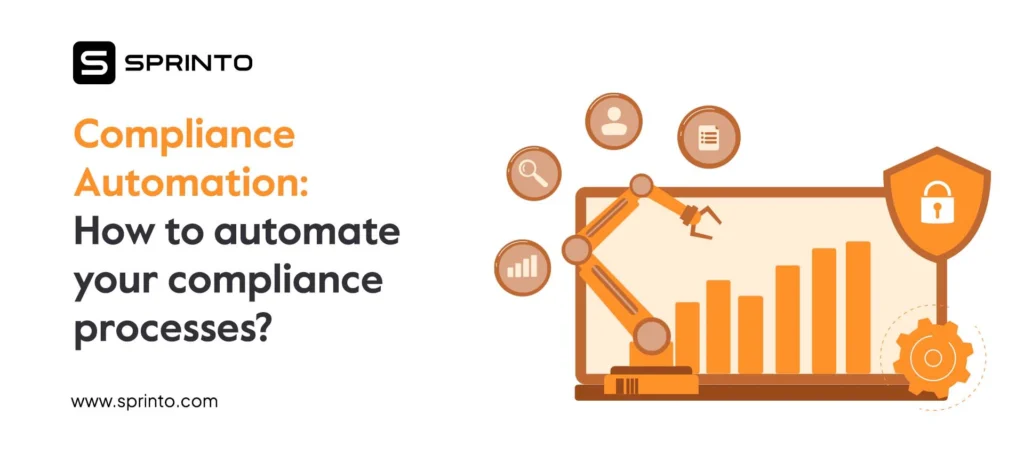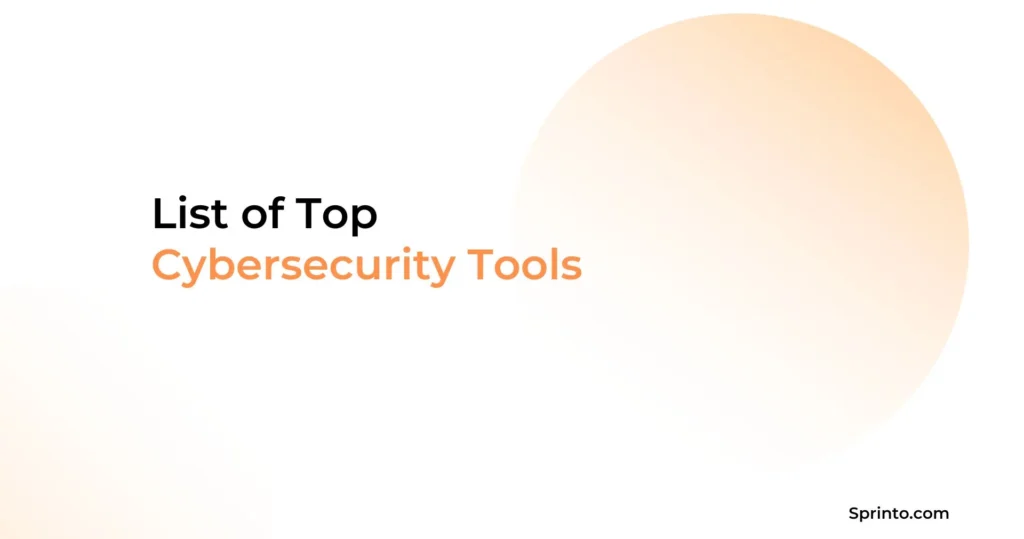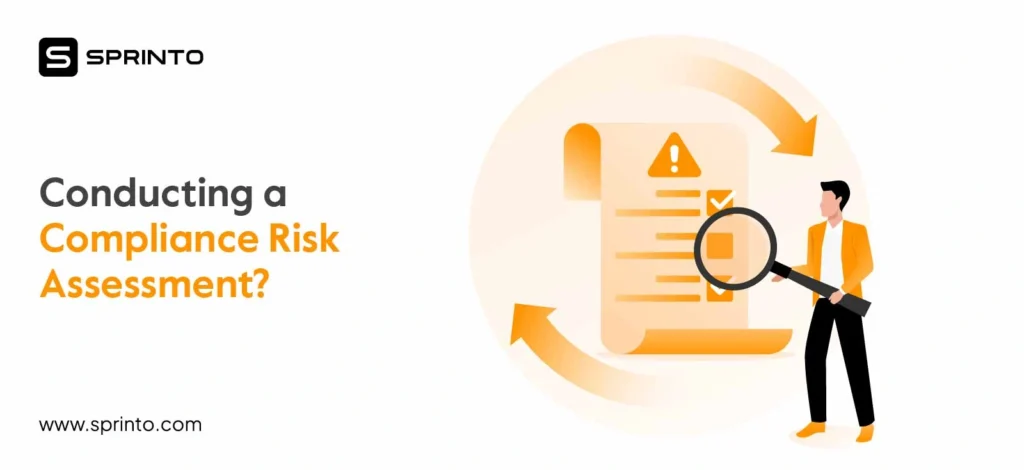ISO 9001 is considered the world’s most recognized quality management standard. ISO 9001:2015 (a subset of ISO 9001) offers a structured framework for building and maintaining a Quality Management System (QMS). From timelines to auditor roles to buyers’ intent, this benchmark evaluates various parameters before awarding any product or service its certificate.
The scope of the standard is inherently wide as it covers all manufacturing or processing in detail, but luckily, here’s a guide that covers everything you need to know about ISO 9001 certification.
| TL:DR ISO 9001 is the world’s leading quality management standard for ensuring consistent quality and process efficiency. ISO 9001 certification proves your business meets international quality benchmarks. From manufacturing to SaaS, it’s essential for credibility and efficiency. It aligns processes for maximum efficiency and helps sellers get recognized globally for producing goods that meet international standards. |
What is ISO 9001 certification?
The ISO 9001 was developed by the International Organization for Standardization (ISO). ISO 9001:2015 (a part of the ISO 9001 family) rules out the criteria for a Quality Management System. It ensures organizations consistently meet customer and regulatory requirements while enhancing efficiency and customer satisfaction through structured processes and continuous improvement.
Who needs ISO 9001 certification?
The scope of ISO 9001 certification is not limited to any specific industry or business of any size. Its versatile quality management practices are standardized to meet global adoption. Here’s how different industries leverage the ISO 9001 certification to their benefit:
1. Manufacturing: From electronics to automotives, manufacturers rely heavily on ISO 9001 to minimize defects and ensure consistent product quality by implementing standardized workflows, rigorous quality checks, and continuous process improvements.
2. Information Technology and SaaS: ISO 9001 aids tech and SaaS companies in streamlining software development cycles, enhancing customer support through defined protocols, and ensuring high service uptime with robust quality management practices.
3. Logistics and Supply Chain: Logistics companies, on the other hand, adopt ISO 9001 too to optimize delivery timelines, reduce errors in order fulfillment, and strengthen vendor relationships through clear quality standards and performance monitoring.
4. Construction and engineering: The construction and engineering industries benefit from the ISO 9001 standard through project planning, risk management, and contractor oversight in construction and engineering by enforcing structured processes, quality audits, and proactive issue resolution.
Why get ISO 9001 certified?
The ISO 9001 certification helps businesses identify inefficiencies and streamline processes, leading to a reduction in waste and improvements in the overall productivity of the setup. Key benefits include:
- Operational Efficiency: Identifies inefficiencies, streamlines processes, and reduces waste, boosting overall productivity.
- Global Recognition: Aligns processes with international standards, enhancing credibility and access to quality-driven markets.
- Increased Revenues: Improves product/service quality, leading to higher customer satisfaction and financial gains.
- Enhanced Employee Morale: Fosters a culture of quality and accountability, improving workforce engagement.
- Improved Risk Management: Strengthens proactive identification and mitigation of operational risks.
ISO 9001 certification process
Achieving ISO 9001 certification is about engineering a Quality Management System (QMS) that aligns with global best practices while improving operational consistency, customer satisfaction, and business outcomes. Here’s a more detailed look at the 8 critical stages of the ISO 9001 certification lifecycle:
1. Gap Analysis (Baseline Diagnostic)
The journey begins with a structured diagnostic review. Your current quality processes, records, and systems are benchmarked against ISO 9001:2015 clause-by-clause requirements. This includes analyzing process controls, leadership engagement, documented information, risk-based thinking, and customer focus. The result? A prioritized remediation map highlighting where you fall short and what needs redesign or reinforcement.
Conduct a gap analysis with an ISO 9001 clause-by-clause checklist
2. Training & Awareness (Organization-wide Enablement)
Next, key stakeholders—from top management to frontline staff—are trained on the core principles of ISO 9001: process approach, PDCA cycle, and risk-based thinking. Tailored sessions are run for process owners, internal auditors, and quality teams to drive alignment and prepare the org for cultural shift. This isn’t checkbox training—it’s role-specific and focused on practical application.
3. Documentation Development (QMS Blueprinting)
Once your teams are primed, you move into the documentation phase. This includes drafting or updating:
- Quality Manual (if applicable)
- Quality Policy and Objectives
- Documented procedures (as required)
- Process maps and flowcharts
- Control of documented information
- Records for traceability and audit readiness
4. Implementation (System Activation)
Implementation involves integrating the new policies and procedures into daily workflows, configuring systems to support them (e.g., document control, nonconformity tracking), and ensuring everyone is executing against the defined standards. At this stage, leadership must reinforce compliance culture and enable continuous feedback loops.
5. Internal Audit (Pre-Certification Readiness Check)
Trained internal auditors now conduct formal audits across all departments and processes to validate implementation. The objective is to:
- Identify nonconformities or process lapses
- Test compliance against ISO 9001 clauses
- Gather objective evidence (records, reports, logs)
- Prepare for the external audit
Findings are logged, and corrective actions are initiated and tracked to closure before inviting the external certifier.
6. Management Review (Strategic Alignment Checkpoint)
The executive team reviews the entire QMS to:
- Assess performance metrics (KPIs)
- Review audit findings, customer feedback, and process issues
- Make decisions on resourcing, improvements, and objectives
This review isn’t symbolic—it’s a mandatory checkpoint where leadership validates whether the QMS supports business strategy and ISO 9001 compliance.
7. Certification Audit (Stage 1 + Stage 2 by External Body)
An accredited Certification Body (CB) conducts a two-stage audit:
- Stage 1: Documentation review, scope validation, and readiness check
- Stage 2: Full-scale audit across all operational processes, departments, and functions
The CB evaluates evidence, interviews stakeholders, and assesses conformity to all ISO 9001:2015 clauses. Findings are categorized as minor or major nonconformities or observations.
8. Certification (ISO 9001 Credential Issuance)
Once any nonconformities are resolved and verified, the Certification Body issues the ISO 9001 certificate—valid for three years, subject to annual surveillance audits. The certificate signifies operational excellence, risk-aware management, and global credibility in your quality assurance processes.
Pro Tip: While ISO 9001 is framework-agnostic, integrating it with existing systems like SOC 2 or ISO 27001 can amplify operational efficiency and reduce audit fatigue. A platform like Sprinto can streamline internal audits, automate evidence collection, and maintain continuous QMS compliance across frameworks.
Cost of ISO 9001 certification
The ISO 9001 certification does not come at a fixed cost. The total cost is a combination of several internal and external deciding factors. For instance, a mid-size company can expect a price tag of $4500, which can go as high as $75,000+.
If you want a more nuanced and detailed cost breakdown, consider using the cost calculator by Sprinto.
ISO 9001 certification costs depend on organization size, industry complexity, certification scope, gaps in existing processes, and whether internal or external support (e.g., consultants or tools like Sprinto) is used.
Larger, more complex organizations in regulated industries with significant gaps face higher costs due to extensive audits, documentation, and preparation efforts.
How long does ISO 9001 certification take?
Achieving ISO 9001 certification depends upon a host of factors that span across an organization’s strengths, resources, and readiness. The process usually takes three to six months and includes time for preparation, mock internal audits, iterations or implementations based on results as per the mock audits, and lastly, the certification audit.
ISO 9001 auditor and lead auditor certifications
The ISO 9001 certification doesn’t apply to organizations alone. Professionals often seek to earn auditor credentials to evaluate Quality Management Systems (QMS) based on ISO 9001 standards. These certifications are crucial to conducting internal or third-party audits and are sought after as they open up careers in regulatory compliance, quality assurance, and certification bodies.
Roles and responsibilities
The responsibilities of an internal ISO 9001 auditor and lead auditor are well defined. Simply put, while the internal auditors are essential for maintaining ISO certification, lead auditors complete advanced training and demonstrate audit leadership skills. This is often achieved through a combination of coursework and real-life audit experience. Here are the roles and responsibilities of each of them:
- Internal auditor
- Evaluate the effectiveness of the internal QMS
- Ensure ongoing compliance with ISO 9001 requirements
- Identify gaps, opportunities, and non-conformities for improvements
- Help prepare for external audits
- Lead auditor
- Lead audit teams during large-scale or multi-site certification audits
- Ensure compliance with audit standards and ethical practices
- Plan, schedule, and manage the entire process
Eligibility criteria
| Criteria | Internal auditor | Lead auditor |
| Prior QMS Experience | Helpful but not required | Typically required |
| ISO 9001 knowledge | Required | Required in-depth |
| Formal training | 2-3 day course | IRCA/Exemplar Global 5-day course |
| Audit experience | Optional | Minimum 20+ audit days |
| Industry expertise | Nice to have | Often required by a certification body |
How does Sprinto help automate ISO 9001 compliance?
When it comes to quality processing, the world has moved from spreadsheets or paper forms to QMS automation tools. These tools automate everything from documentation to audits and are known for:
- Fewer human errors
- Faster compliance reporting
- And easier audits and internal reviews
It is at this time that Sprinto’s compliance automation platform streamlines the acquisition and retention of the ISO 9001 certification. The entire process involves
- Automating evidence collection to gather necessary documentation and records for audits
- Connecting with existing systems that enable seamless data flow across systems
- Real-time monitoring of the compliance status and alerts for any deviations
To conclude, by leveraging Sprinto, organizations can substantially reduce manual efforts, minimize errors, and accelerate the process that would otherwise have needed months of human effort.
Frequently Asked Questions (FAQs)
1. How do I get ISO 9001 certified?
The journey to getting ISO 9001 certified begins with understanding the ISO 9001 requirements and then conducting a gap analysis. Next, develop and implement a QMS that aligns with the standard. After successful internal and external audits, the certification is awarded by the auditor.
2. How much does an ISO 9001 cost?
On average, the ISO 9001 costs between $3,000 and $7,000. This includes the costs of consultancy, training, and certification body fees.
3. What is ISO auditor training?
The ISO auditor training equips individuals with the necessary skills to assess and audit QMS against ISO 9001 standards.
4. How to check an ISO certificate?
To verify the validity of an ISO certificate, you can use the IAF CertSearch, an online register maintained by the International Accreditation Forum (IAF).
5. Which ISO certification is best for my business?
There’s no single “best ISO” certification, as it depends upon the specific needs and goals of an organization. However, ISO 9001 is the most recognized and used standard for QMS.
6. Which is better, Six Sigma or ISO 9001?
It is not an either/or choice between ISO 9001 and Six Sigma; both can be used. ISO 9001 provides the QMS framework, while Six Sigma helps business owners through the quality management system.
Pansy
Pansy is an ISC2 Certified in Cybersecurity content marketer with a background in Computer Science engineering. Lately, she has been exploring the world of marketing through the lens of GRC (Governance, risk & compliance) with Sprinto. When she’s not working, she’s either deeply engrossed in political fiction or honing her culinary skills. You may also find her sunbathing on a beach or hiking through a dense forest.
Explore more
research & insights curated to help you earn a seat at the table.



